| s/y Nine of Cups Great Smoky Mountains National Park - Tennessee August 2012 |
| Don't forget to check out: National Parks & Monuments? American Odyssey...Part I? (Las Vegas to Denver) American Odyssey...Part II? (Denver to Boston) American Odyssey...Part III? (Boston to Vegas) Birds of North America? Wildflowers of North America? |
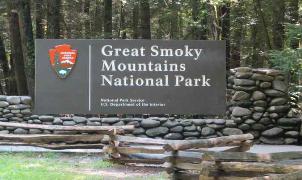
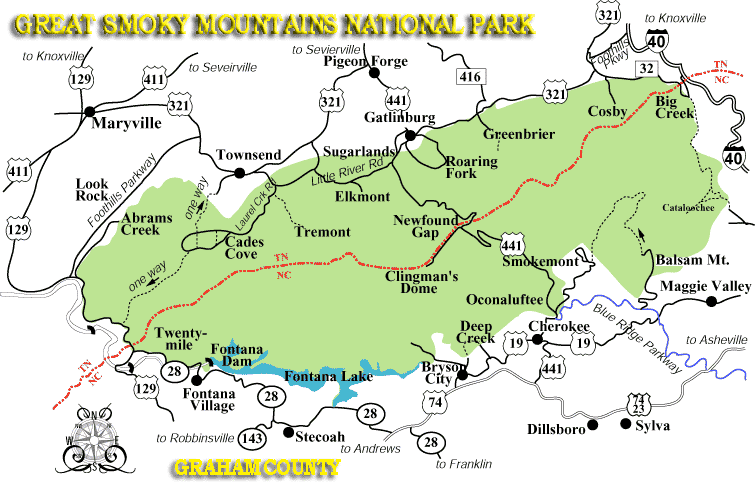
| Great Smoky Mountains National Park covers 521,895 acres in Tennessee and North Carolina. Created in 1934, this park protects the last of the southern Appalachian forest and has the highest visitation of any national park in the USA at ~9 million/year. |
Park factoids:
|
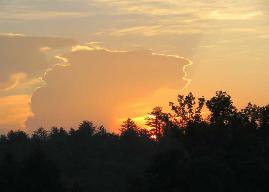

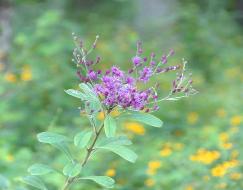
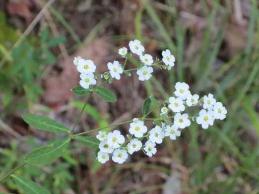
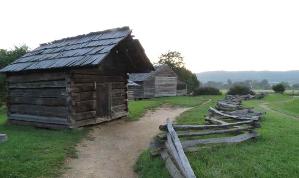
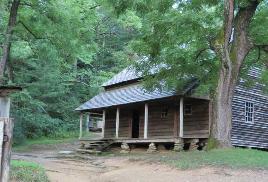
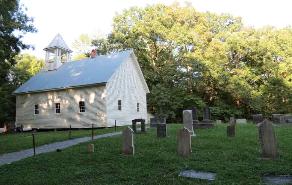

| Perhaps we expected too much from the nation's most visited national park. If 9 million people visit per season, it's unreasonable to expect that you'll have any part of the park to yourself. We camped in a crowded campground and drove the Cade's Cove Loop at sunset midst an endless stream of bumper-to-bumper traffic. The sunset was beautiful and we spotted several white-tailed deer bucks in a meadow. Wildflowers were abundant. Approximately 68 miles of the Appalachian Trail pass through the park. Hiking the trail would be the way to see Great Smoky Mountain National Park. A drive-through in high season was nothing but frustrating. Next time, hiking, camping and in the autumn. |
| We stopped at the Sugarlands Visitor Center, but it was so crowded, we left almost immmediately. Along Cade's Cove Loop, we stopped at several of the old cabins for a look-see, mostly to get out of the line of traffic. The Cade's Cove Primitive Church was off the main loop road and provided a respite from the throng. The park is a center for lungless salamanders, but we didn't see any. Of course, we didn't go overturning any rocks to find them. I took a picture of a postcard showing a commonly seen red-spotted salamander which we didn't see. |
| We visited the park for such a short period of time and saw so little of it, it's probably unfair to judge it. That said, too crowded, too many people and Gatlinburg, the entry to the park, is just too commercial for our taste. |
| Next National Park site? Fort Smith Historic Site in Arkansas |